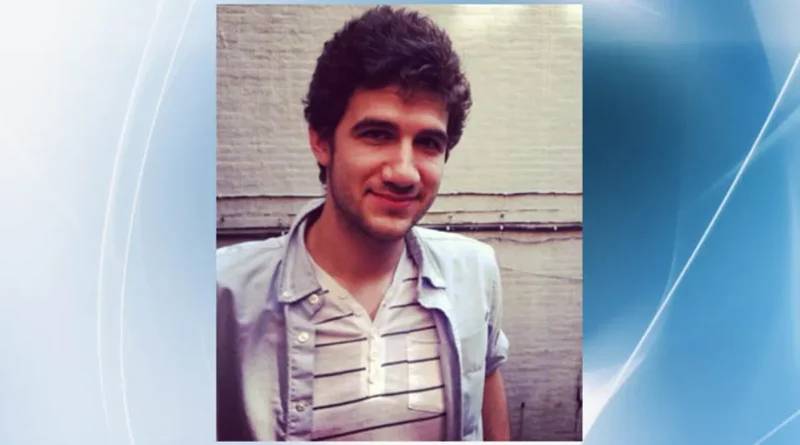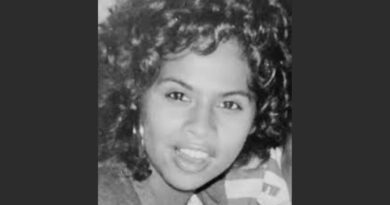Jonathan Dailey Found Dead in River With No Clues in Boston Massachusetts
Jonathan Dailey was a 23‑year‑old native of Charlotte, North Carolina, and a second‑year graduate student at the Boston Architectural College when he vanished in early October 2012. He had previously earned an undergraduate degree in architecture from Appalachian State University alongside his roommate and longtime friend, Miles Smith, before enrolling in the college’s master’s program. Known among peers for his adventurous spirit—he was an Eagle Scout in youth—and his dedication to design, Dailey balanced his studies with work at an American Apparel store in Boston’s Allston neighborhood.
Circumstances Leading Up to Disappearance
Dailey was last seen alive on the evening of October 2, 2012, at the shared apartment on Gardner Street in Brighton. According to roommate Miles Smith, the two returned from work, had pizza and watched television before Smith went to bed; when he awoke the next morning, Dailey was gone. Dailey’s failure to attend classes and meet friends over the following days prompted Smith and family members—who flew to Boston in hopes of locating him—to file a missing persons report with Boston Police on October 5.
Discovery of the Body
On October 9, 2012, at approximately 7:25 a.m., a Boston University rowing coach spotted a body floating in the Charles River near the BU Bridge and immediately notified campus and city police. Responding officers confirmed the remains were bound at the ankles by chains attached to a cinder block, a detail reported by multiple news outlets and corroborated by witnesses on the riverbanks. This grim finding marked the second body recovery in the river within 48 hours, heightening concern among investigators and the community.
Identification and Initial Official Response
Suffolk County District Attorney Daniel Conley’s office, working in concert with State Police detectives, announced that dental records had conclusively identified the body as Jonathan Dailey. Spokesman Jake Wark emphasized that “the facts and circumstances surrounding Mr. Dailey’s death remain under investigation,” and that authorities had “ruled out no possibility,” leaving open inquiries into both homicide and suicide. At the time of identification, neither the cause nor manner of death had been determined by the Office of the Chief Medical Examiner.
Forensic Examination and Evidence
Following recovery, Dailey’s remains were transported to the Office of the Chief Medical Examiner for a full autopsy and toxicology screening. Investigators refrained from detailing the state of the body, citing respect for the ongoing inquiry, but confirmed that there were no immediate signs of trauma beyond what would be expected from prolonged immersion in water. Law enforcement sources told reporters that the absence of defensive wounds or clear suicide notes complicated interpretations of Dailey’s final hours. The chains and cinder block remained a focal point, with toxicology results expected to shed light on any substances in his system at the time of death.
Theories Under Consideration
From the outset, Suffolk County authorities maintained an open mind regarding potential causes of death. Investigators explored several leading theories:
- Homicide: The binding of Dailey’s ankles raised suspicion of foul play, suggesting someone else may have weighed down his body after death.
- Suicide Staged as Foul Play: Authorities did not dismiss the possibility that Dailey took his own life and arranged the scene to appear mysterious.
- Accidental Drowning: Although less likely given the restraints, accidental immersion due to a fall or disorientation was considered.
- Smiley‑Face Murder Theory: A fringe theory posited by internet forums that a serial predator leaves subtle graffiti near drowning sites; law enforcement treated it with skepticism but did not categorically rule out any avenue of inquiry.
Roommate and Friend Testimonies
In interviews with local media, roommate Miles Smith described Dailey as “very charismatic” and “a great friend to all he met,” expressing disbelief that anyone would want to harm him. Smith recalled Dailey’s meticulous nature—he always prepared thoroughly for any adventure—which fueled family hopes in the days after his disappearance. Despite exhaustive searches of the apartment and neighborhood, Smith found no personal effects missing except Dailey’s bicycle, which was later located intact near the river, deepening the enigma.
Family’s Reaction and Community Support
Back in Charlotte, Dailey’s family and childhood church held multiple prayer vigils and community gatherings, seeking solace and answers. A well‑attended service at a local church featured clergy and friends sharing stories of Dailey’s kindness and ambition, while urging anyone with information to step forward. Online, a Facebook page titled “Missing Jonathan Dailey” garnered thousands of interactions, preserving his memory through photos and messages, even as public attention waned in subsequent years.
Media Coverage and Public Scrutiny
Local television stations—including ABC, CBS, and NBC affiliates—provided daily updates in the immediate aftermath of Dailey’s discovery, broadcasting interviews with detectives and family. Print outlets like The Boston Globe and national wire services such as the Associated Press filed detailed reports, ensuring the story reached beyond New England. Despite this exposure, the combination of autumn foliage, water currents, and variable river depths meant that physical evidence recovered remained limited, hampering external attempts at independent investigation Boston.comCBS News.
Status of the Investigation
As of the latest public statements, the case remains officially classified as a “suspicious death investigation.” Detectives continue to review surveillance video from the Allston‑Brighton area, cell‑phone location data, and Dailey’s digital footprint for any clues about his movements after leaving the apartment on October 2. Technological advances in DNA analysis have prompted occasional case reviews, though no new breakthroughs have been announced. Suffolk County prosecutors reaffirmed their commitment to “a thorough, comprehensive search for the truth,” inviting relatives to consult periodically on case developments.
Unanswered Questions and Lasting Impact
More than a decade later, the precise manner of Jonathan Dailey’s death remains undetermined. The stark imagery of chains and a cinder block—objects of everyday utility turned instruments of ambiguity—continues to symbolize the unanswered questions haunting both his family and the Boston community. Hopes for resolution now hinge on potential eyewitnesses recalling fleeting details or on the emergence of new forensic techniques. Until then, Dailey’s disappearance and death stand as a solemn reminder of how quickly a promising life can be shrouded in mystery.
Discover more from City Towner
Subscribe to get the latest posts sent to your email.




